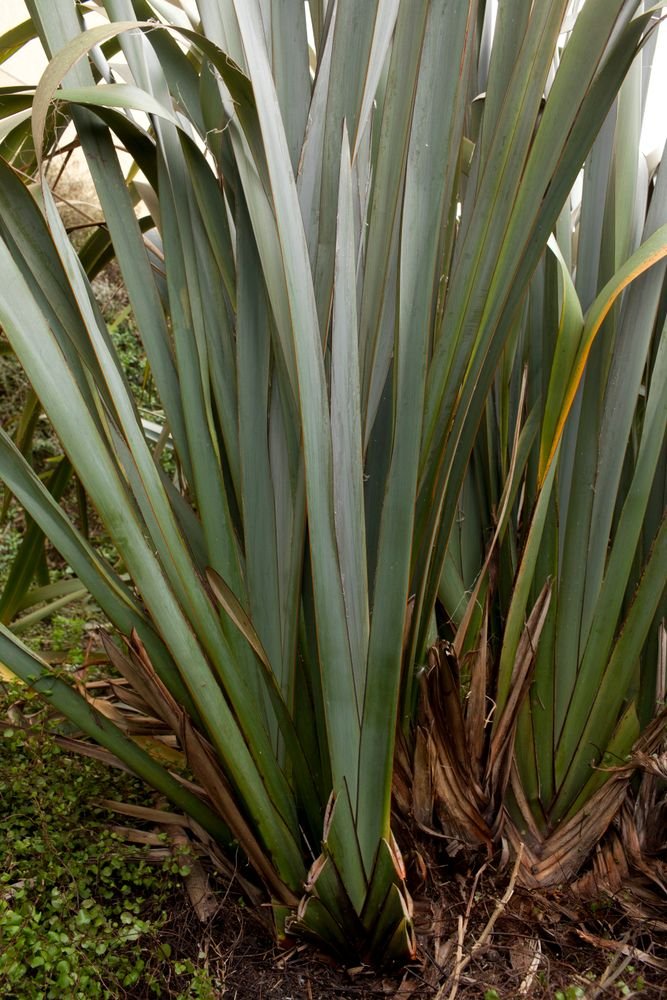Wetland Plants and Trees in the Tamahere and Matangi Gullies
The Tamahere and Matangi Gullies, located in the south of the Waikato region of New Zealand, are home to a diverse array of native wetland plants and trees. Restoration efforts have focused on reintroducing species that are well-adapted to the wet conditions of the gullies.
These species not only enhance the ecological health of the gullies but also support local wildlife by providing food and habitat. Community initiatives, such as those by Tamahere Mangaone Restoration Trust, have been instrumental in propagating and planting these natives, contributing significantly to the restoration and preservation of the area's natural heritage.
Notable among these species are the following:
Kahikatea
The kahikatea is New Zealand's tallest native tree, reaching heights of up to 66 meters. It is a conifer belonging to the podocarp family and is known for its straight trunk and spreading crown. Also known as white pine the Kahikatea is often found in lowland swamp forests and wetland areas, thriving in fertile, damp soils.
Key Characteristics:
Leaves: Small, narrow, and scale-like on mature trees; larger and needle-like on juveniles.
Fruit: Produces fleshy, orange-red seed structures that are an important food source for native birds, such as kererū and tūī.
Bark: Flaky and greyish-brown.
Historically, kahikatea forests were widespread, but much of their habitat has been cleared for agriculture. Their wood, though light and non-durable, was once used for butter boxes due to its odorless nature.
Today, kahikatea trees are valued for their ecological importance, providing habitat and food for wildlife and contributing to the health of wetland ecosystems. Conservation efforts aim to restore these trees to their natural habitats, often as part of broader wetland restoration projects.
Carex Secta - Pukio
Carex secta is a large native sedge found in New Zealand, particularly in wetland habitats such as swamps, stream margins, and gullies.
Key Characteristics:
Growth Form: It forms dense, upright tussocks that can reach up to 1.5 meters in height, often with overhanging foliage.
Habitat: Thrives in damp and waterlogged soils, making it ideal for wetland restoration projects.
Roots: Known for its elevated root structures, which form a pedestal-like base, helping it adapt to fluctuating water levels.
Ecological Role:
Habitat: Provides shelter and breeding sites for wetland birds and aquatic insects.
Erosion Control: Stabilizes soil along waterways, reducing erosion and improving water quality.
Carbon Sequestration: Plays a role in capturing and storing carbon in wetland ecosystems.
Cultural and Practical Uses:
Used extensively in wetland restoration and landscaping due to its hardiness and ecological benefits.
Historically, Māori people used sedges like Carex for weaving and thatching.
Its ability to thrive in challenging wet environments makes it a cornerstone species for maintaining biodiversity and ecological balance in New Zealand's wetlands.
Swamp Marie - Marie tawake
Swamp maire is an evergreen tree endemic to New Zealand. It thrives in wetland environments, particularly in waterlogged soils, where it often develops specialized breathing roots to adapt to low-oxygen conditions. The tree typically reaches heights of 10 to 15 meters.
In autumn, swamp maire produces creamy-white flowers, which are followed by bright red drupes in late winter. These fruits are edible and can be consumed either raw or cooked.
Swamp maire is sensitive to frost and drought, making it important to ensure consistent moisture levels during cultivation. Once established, it can tolerate both shaded and sunny conditions.
New Zealand native flax - Harakeke
Harakeke, commonly known as New Zealand flax, is a native plant of New Zealand that holds significant cultural, ecological, and economic value. It is characterized by its long, stiff, sword-shaped leaves that grow in dense clumps, and tall flowering stalks bearing tubular, red or yellow flowers that attract birds like tūī and bellbirds.
Cultural Importance
In Māori culture, harakeke is deeply revered and is often referred to as a taonga (treasure). It is used extensively in weaving to create baskets, mats, ropes, clothing, and ceremonial items. The plant also features in Māori traditions, myths, and proverbs, symbolizing family and community structure. The central shoot, or rito, represents the child, while the surrounding leaves symbolize parents and extended family.
Ecological Role
Harakeke is an essential part of New Zealand's ecosystem. Its flowers provide nectar for native birds and insects, while its robust root systems help stabilize soil, making it useful for erosion control. The plant can thrive in various environments, from wetlands to dry coastal areas.
Medicinal Uses
Traditionally, Māori used harakeke for medicinal purposes. The gel from the leaves was applied to burns and wounds, while the roots were used to treat diarrhea and other ailments.
Modern Applications
Today, harakeke continues to be valued for its sustainability. Its fibers are used in textiles, paper production, and eco-friendly packaging. It is also widely cultivated for landscaping and conservation projects.
Harakeke embodies the connection between nature, culture, and community, remaining a vital part of New Zealand's identity.











